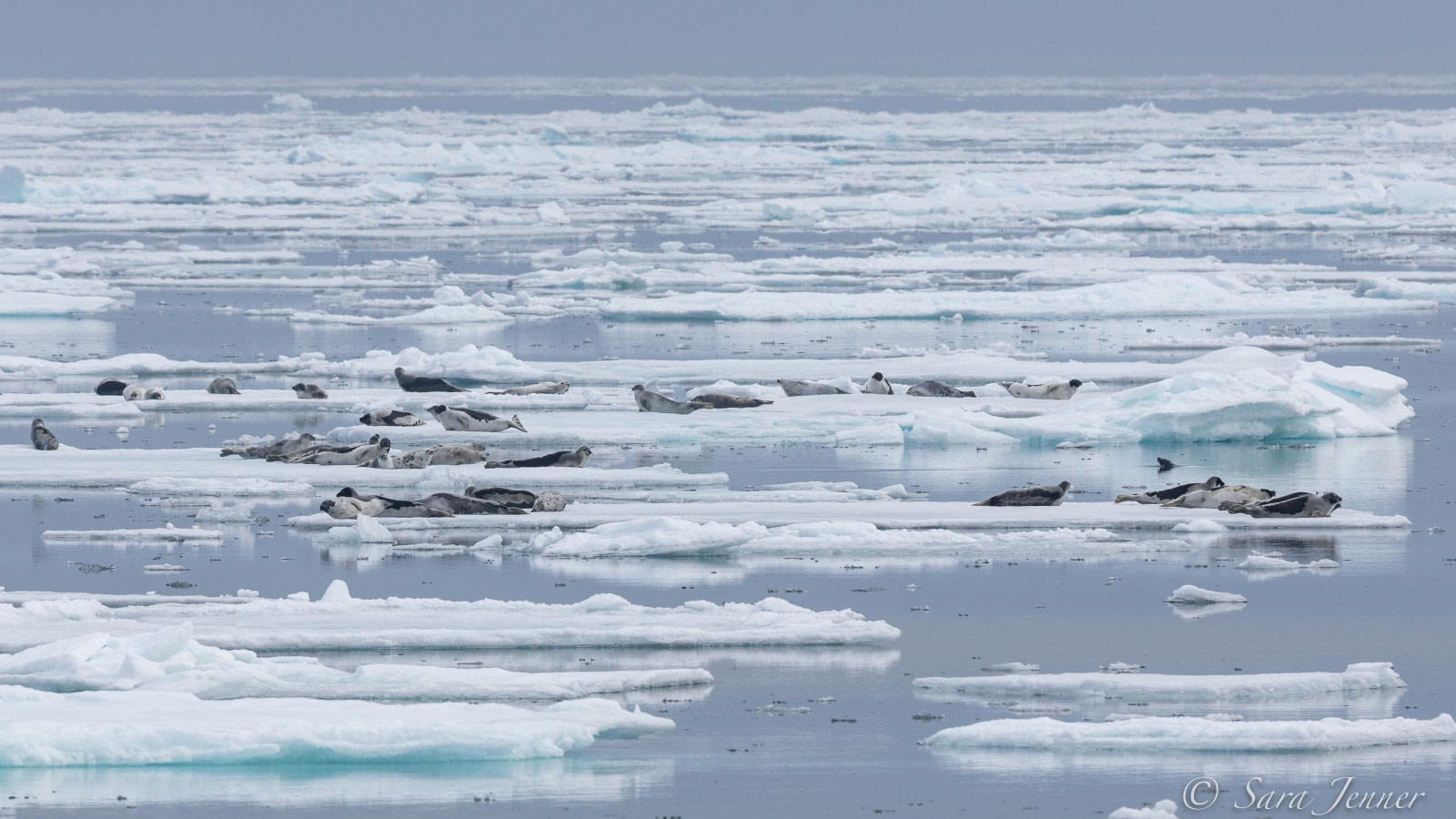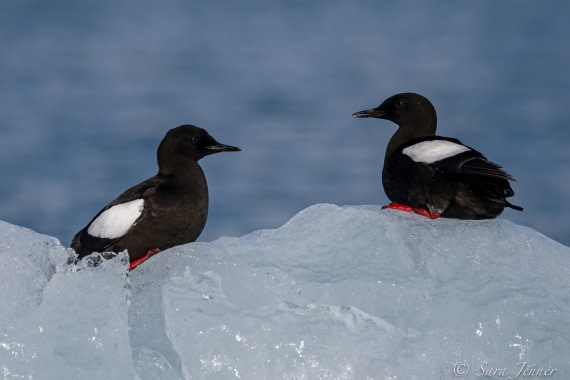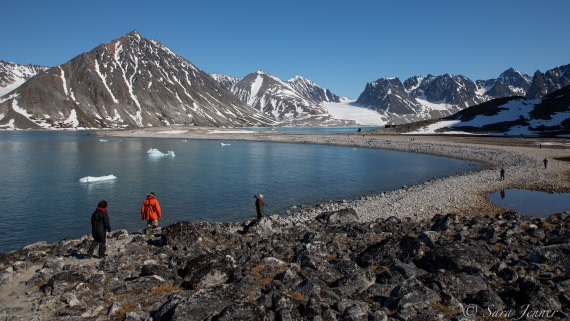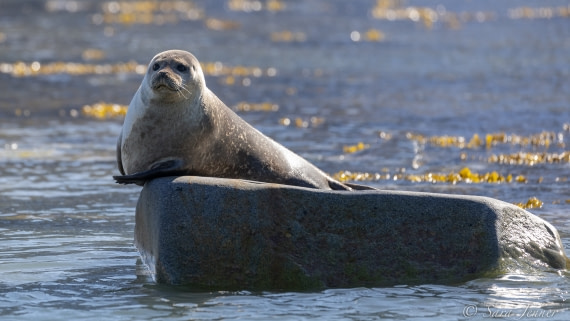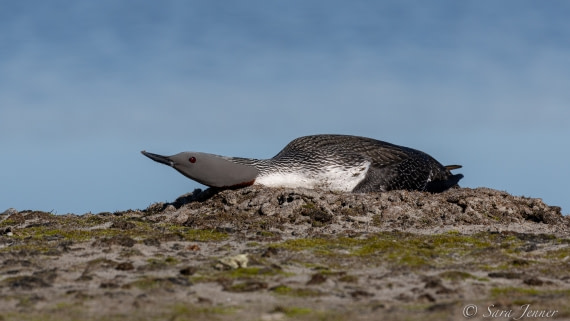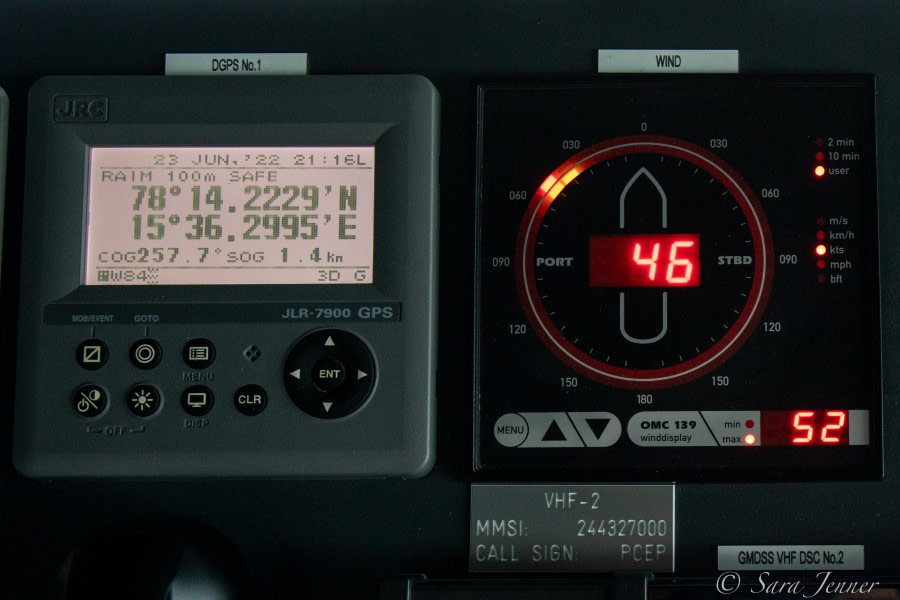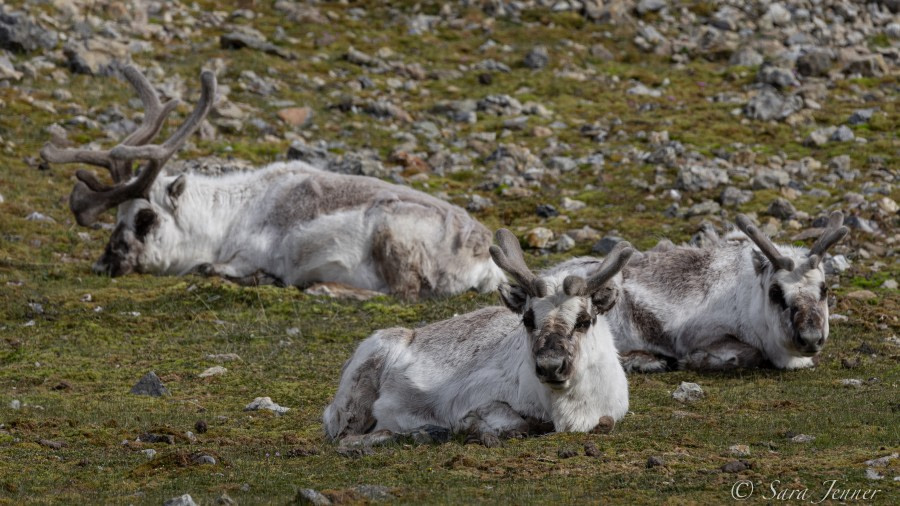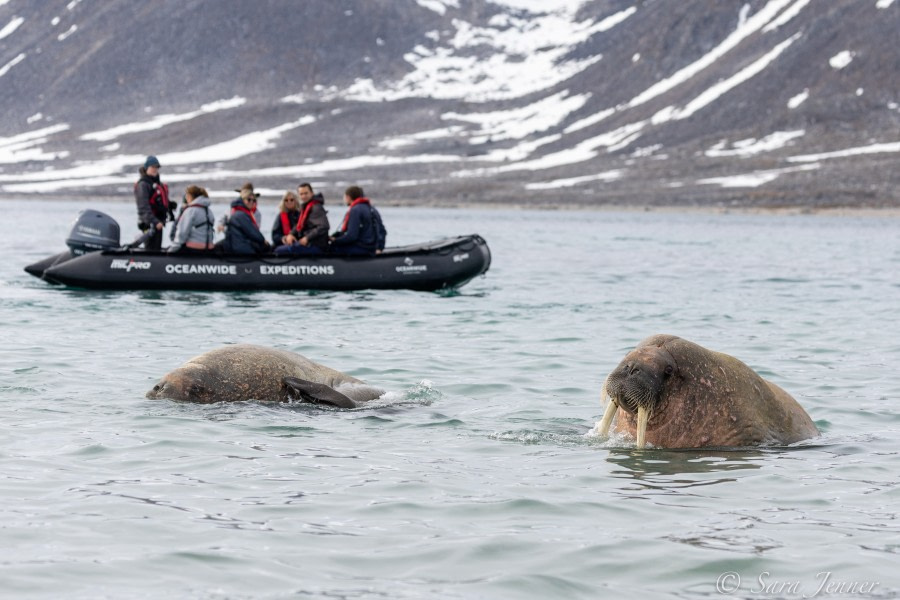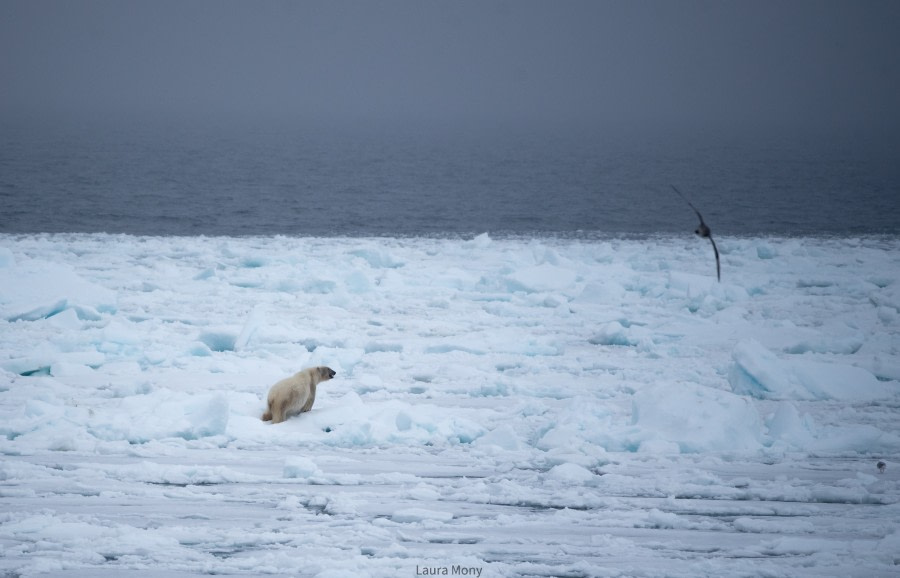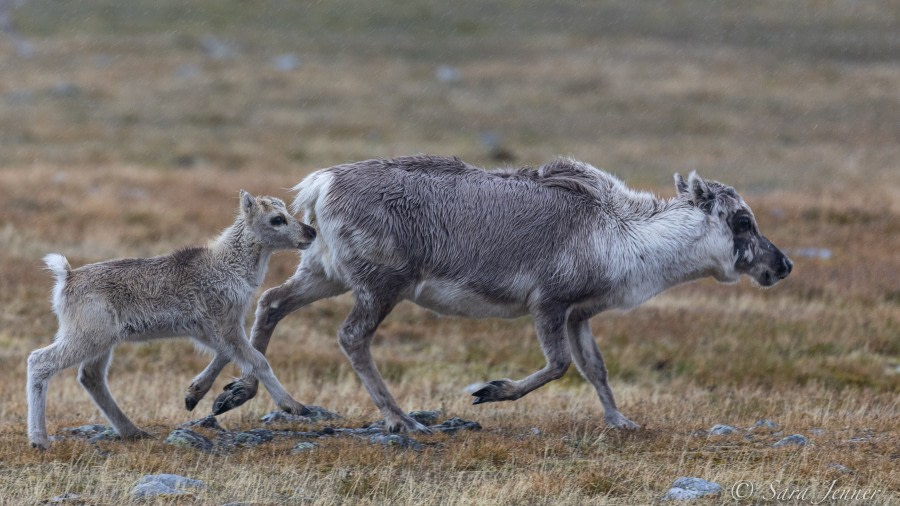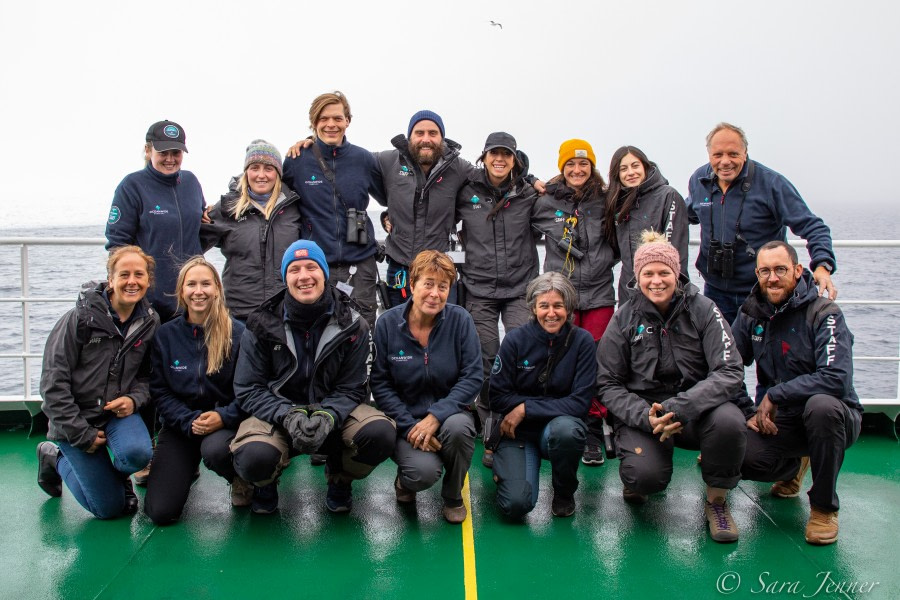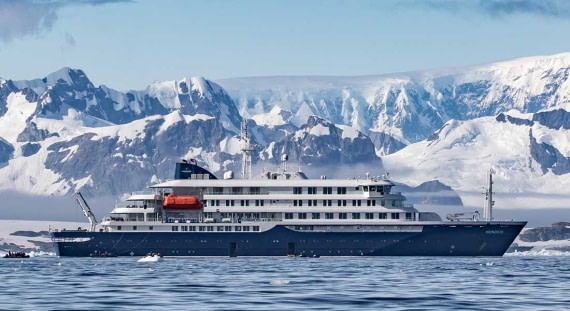| Date: |
24.06.2022 |
| Position: |
78°16’.7 N, 015°25’.6 E |
| Wind: |
SSE 6 |
| Weather: |
Cloudy |
| Air Temperature: |
+2 |
The Expedition Team were on standby for 5:45 am, zodiacs were lowered, and the staff made their way to meet and greet guests whilst Hondius remained anchored just offshore. By just after 7 am all guests and their luggage were on board. Despite embarking a day later than planned and an early morning start, everyone was in good spirits and excited to finally begin their Arctic Expedition! The first priority, after boarding, was breakfast and having a little time to settle into cabins and unpack. After this, later in the morning, Expedition Leader, Florence (Flo), and Hotel Manager, William, gave the introductory briefing, then Chief Officer, Matei, commenced the mandatory ship safety briefing. Assistant Expedition Leader, Sara, gave a presentation regarding AECO (the Association of Arctic Expedition Cruise Operators) to inform visitors of correct behaviour towards the environment, people and wildlife of the Arctic. This information was very important of course, but when a guest shouted that they had seen a whale from the Port Side Observation Lounge window, to say everyone was distracted is an understatement! Once the animal, identified as a Minke Whale, disappeared, order was restored! AEL George gave the final briefing regarding zodiac operations and safety which would come in useful later for our afternoon activities, getting ashore to explore.
The location of our afternoon shore landing was Skansbukta, named after the nearby mountain Skansen (a Norwegian word for ‘sloping’ which refers to the shape of the wide plateau that tops the mountain). This fantastic location full of interest, from great views of Svalbard Reindeer to a wide variety of plant life to fascinating historical features. A twisted, rusting railway, remains of mining operations for Anhydrite, desiccated version of Gypsum, (which ran from 1918 – 1930’s by the Dalen Portland Cement Works), and a small wrecked ship were items of significance at this site. Additionally, there was a trapper’s hut, built in the early 1900’s but well maintained and still in use by locals today. In terms of plant life, Mountain Avens, Arctic Bell Heather, Tufted Saxifrage, Drooping Saxifrage, Snow Saxifrage, Ellesmerel, Woolly Lousewort, Hairy Lousewort, Pale Whitlow-grass, Sulphur Buttercup, Hawkweed-leaved Saxifrage, Northern Golden Saxifrage, Mountain Sorrel were all observed. The towering mountains surrounding the landing area were an impressive sight and host to large numbers of nesting seabird. At the end of the afternoon guests enjoyed returning to Hondius via the seabird nesting cliffs. Everyone enjoyed experiencing birds flying close overhead, including Northern Fulmar, Arctic Terns and Kittiwake. Many guests were particularly thrilled to see numerous Atlantic Puffins, a much requested and beloved bird! After this we headed back on board for Captain’s Cocktails, with a glass of ‘bubbly’, meeting our Captain Artur Iakovlev in the Observation Lounge, listening to recaps from some of the Expedition Staff and chatting to each other about our day. What excitement would await us tomorrow we wondered?!
